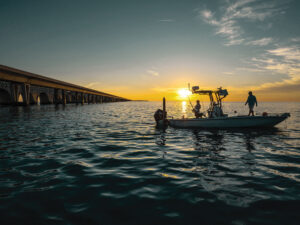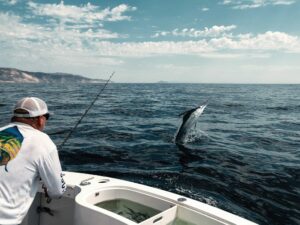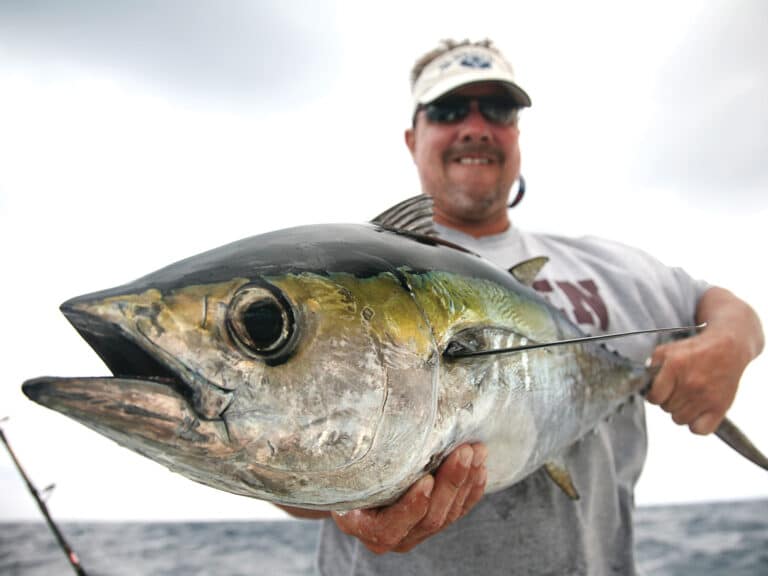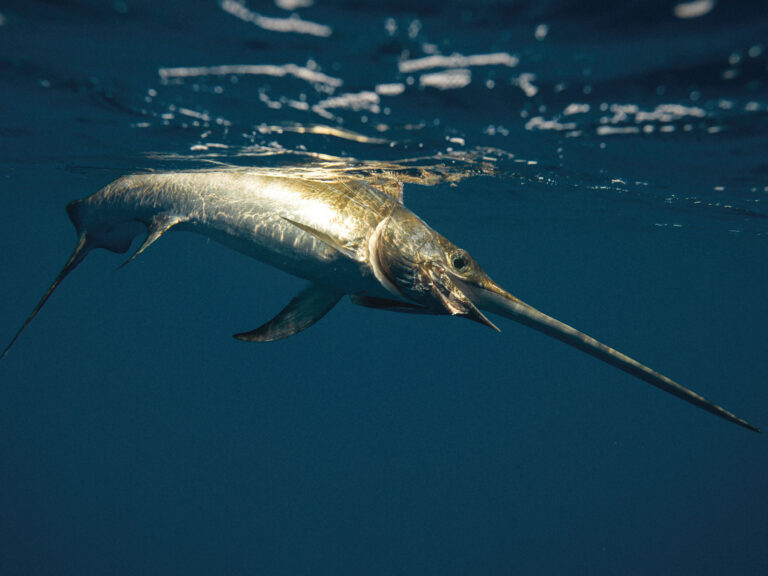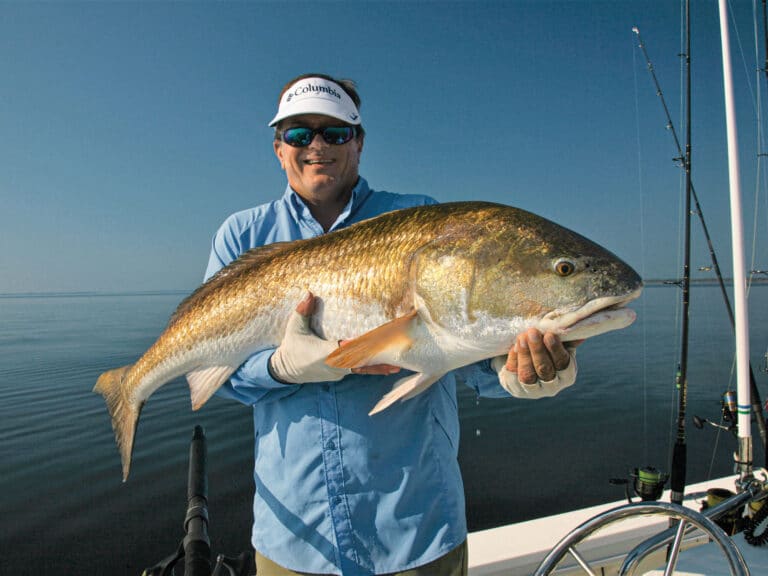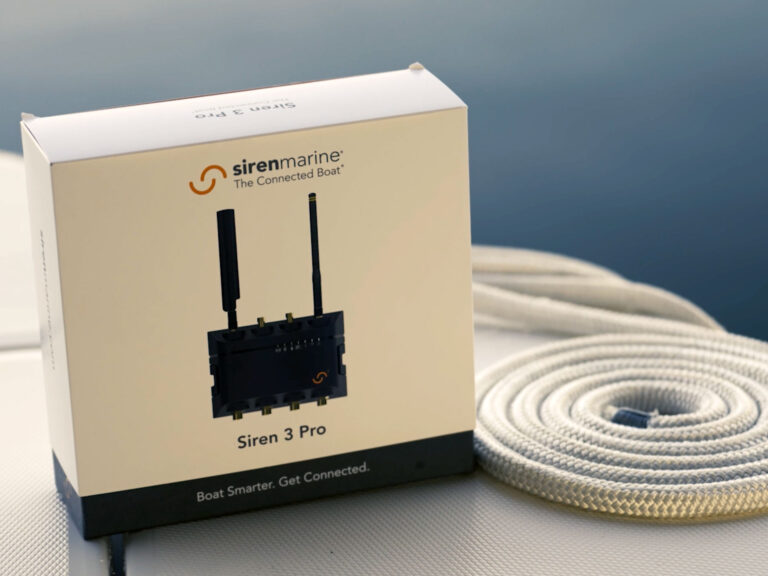
Sea lions are the bane of West Coast saltwater anglers. The wily pinnipeds have learned that a hooked fish provides an easy meal. So, they loiter around fishing boats in Pacific waters. Once there’s a hookup, they zoom in and sink their teeth into the prize, deftly avoiding sharp hooks, and often leaving just a fish head to reel in.
Steadily increasing numbers of sea lions along the coasts of California, Oregon and Washington (thanks to the federal Marine Mammal Protection Act) have aggravated the issue and instilled hate in the hearts of anglers. To help fight back, feds have authorized the use of some tools to deter these animals.
“The MMPA generally prohibits the harassment, hunting, capturing or killing of marine mammals,” according to a document published in October 2018 by the West Coast Region fisheries division of the National Oceanic and Atmospheric Administration (NOAA). “However… the MMPA allows for the non-lethal deterrence of nuisance animals under certain conditions,” the document states.
While we are not attorneys, we would certainly consider a sea lion intent on stealing a hooked fish to pose a nuisance. Here’s what NOAA says you can use to try to scare the bastards off.
Approved Sea Lion Deterrents

- Boat hazing, circling the sea lion
- Pounding on hull
- Horns, bells, whistles
- Pyrotechnics (e.g., bird screamers, bangers, underwater firecrackers, cracker shells)
- Slingshots (no metallic/glass/sharp projectiles)
- Paint ball guns using non-toxic and water-soluble paint balls
- Non-lethal ammunition (e.g., rubber bullets)
The last two sound like the most effective, but as with the use of any weapon, anglers need to pay heed to local ordinances and carefully consider what lies down range, as projectiles such as rubber bullets can ricochet or skip off the water’s and potentially strike nearby boats or the objects on shore.
NOAA Fisheries is also specific with regard to methods to avoid. “The following methods/devices have an increased likelihood of causing injury or death and should be avoided,” according to the document.
Methods to Avoid
- No firearms with “live” (lethal) ammunition (including metallic, glass, or sharp projectiles: e.g. BBs, marbles)
- No devices with injurious projectiles (e.g., archery gear, crossbows, spear guns, bangsticks)
- No sharp/pointed objects (e.g., harpoons, spears, gaffs, nail studded bats/poles/clubs/docks)
- No entangling devices (e.g., loose webbing, snares, concertina wire)
- No aggressive tactile methods (e.g., striking animals with bats, hammers, etc.; impact with vehicles or boats)
- No tainted baits or poisons
- No guard dogs
For more on sea lion issues facing West Coast Anglers, read this in-depth article on Sport Fishing. For the latest updates on approved deterrents for sea lions, visit NOAA’s page on deterring nuisance pinnipeds.


